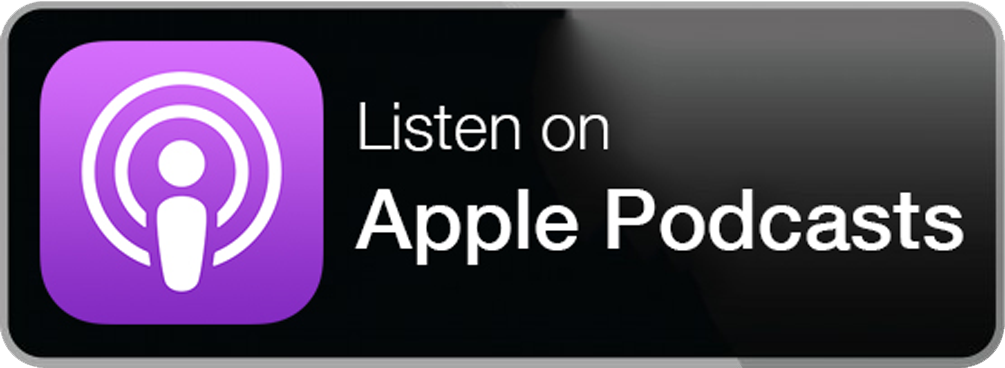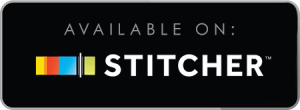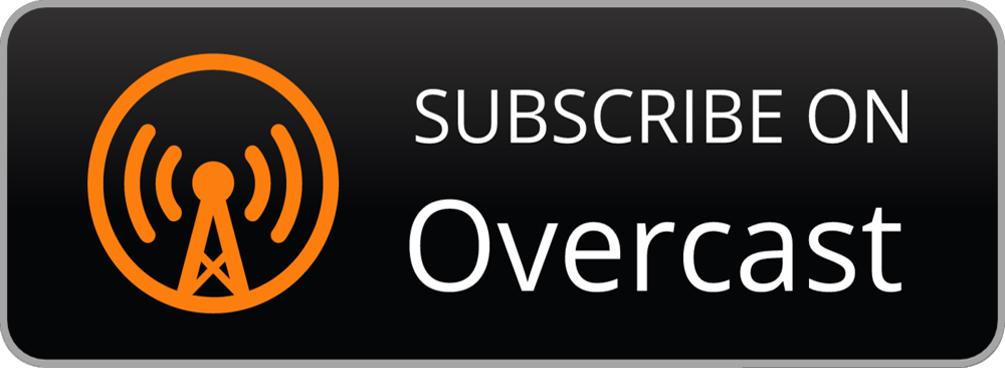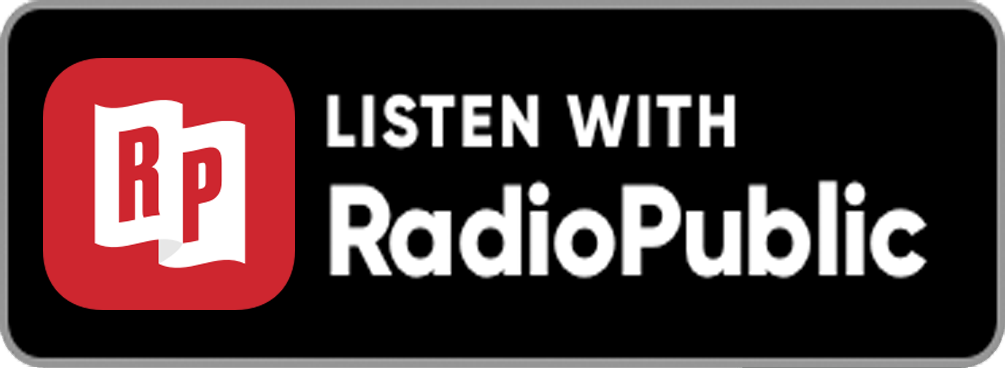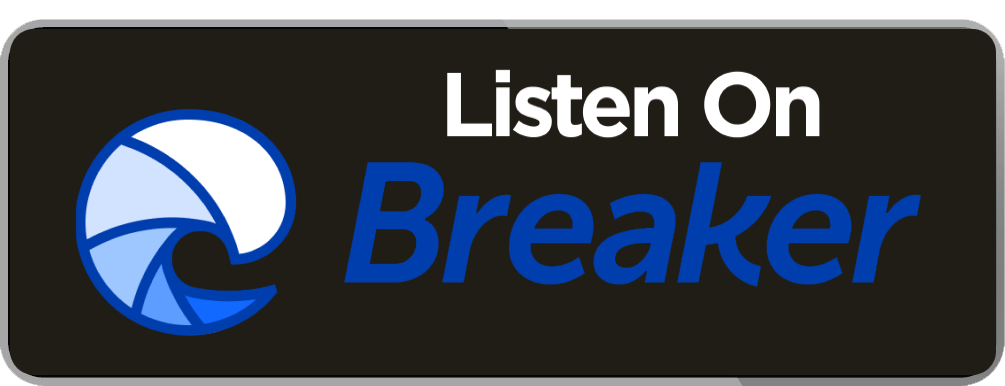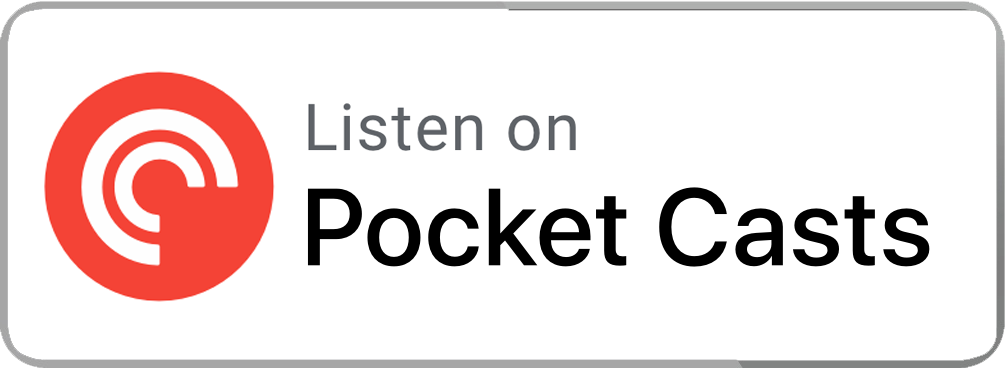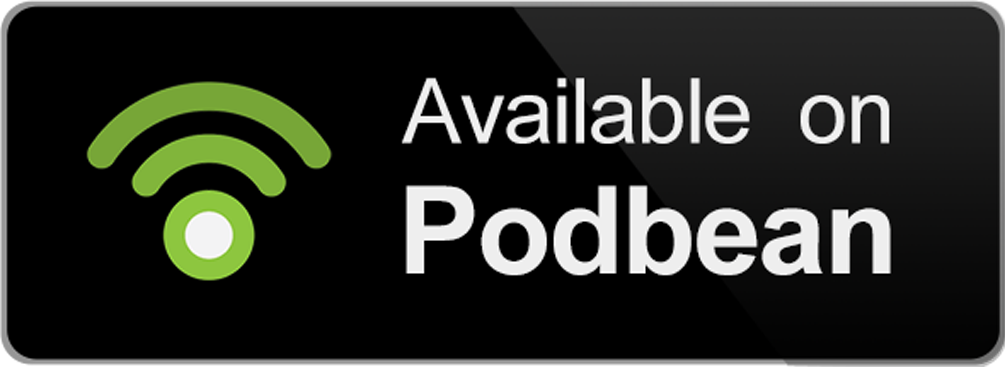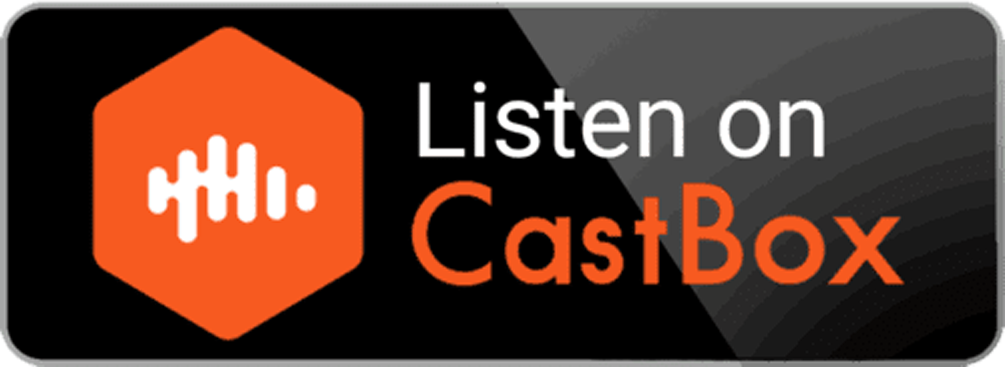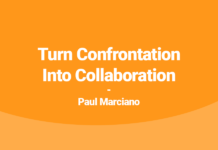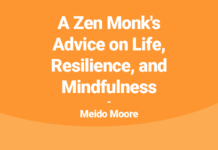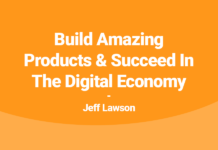Nina Baltierra is the Executive Director of the non-profit, Counter Tools. She shares her insights from creating her own one-page leadership user's manual.
Audio Player
Transcript:
Kevin Kruse: Today on the show you're going to hear from someone who read my Forbes article about how to create your own leadership user’s manual. And she did it for herself. We're going to discuss what it is, a free tool you can use to make it look pretty, and what to include, what to maybe exclude, and why this exercise isn't really just for team leaders.
By day, our guest is a dedicated public health professional and executive director at Counter Tools. A nonprofit that empowers communities to become healthier places by using data and storytelling to pass health promoting policies that affect the retail environment. By night, she's the co-organizer of the social running group, Ball City Beer Runners and a drummer in the Durham North Carolina chapter of Batala, an international music project. Our guest is Nina Baltierra. Nina, welcome to the show.
Nina Baltierra: Thank you. Thanks for having me.
Kruse: So before we dive in, I mentioned the organization you're with, Counter Tools. But in your own words, tell us a little bit about what you guys do.
Baltierra: Sure yeah, happy to. So place, which is where we live, work, play and pray has a profound impact on our health.
And Counter Tools is a nonprofit that helps communities work toward health promoting policies that affect the retail environment, which is very specific. But the retail environment is part of that place. It's also called the built environment. So we do that by providing training and technical assistance on the policy change process as well as data collection, visualization and storytelling to help move the needle in that policy change.
And we recognize that the retail environment, brick and mortar retailers specifically, like corner stores, that's very specialized, but we also think it's really important. For example, the tobacco industry spends $1,000,000 an hour on-
Kruse: Is that all?
Baltierra: The point of sale.
Kruse: Only a million an hour.
Baltierra: A million an hour. Chump change, on sales and marketing at the point of sale in the retail environment. And big soda is close behind taking a page from the tobacco industry's book when it comes to marketing, especially to disparate populations.
Kruse: Okay. So this is cool. You used a lot of big words and a lot of stuff for people who aren't familiar with it, but I think I'm following. And I picked up on, so big soda is now the way we're going to brand sugary drinks right?
Baltierra: Yeah. Yeah. In the biz, we call it sugar sweetened beverages. Or SSB's. But big soda is a nice way for people to understand that it's similar to big tobacco. Of course it's more nuanced than tobacco. I think we can all agree that tobacco is bad.
Kruse: Right.
Baltierra: And that's commercial tobacco, not ceremonial or sacred tobacco, let me be very clear.
Kruse: Okay.
Baltierra: But big soda is the same as big tobacco, is a nice way for people to understand.
Kruse: Yeah.
Baltierra: I think some people say big sugar too.
Kruse: Right.
Baltierra: Yeah. This big soda is definitely leading the charge.
Kruse: Yeah. So I live and we work in Philadelphia. And Philadelphia is one of the cities that passed a soda tax. And it was fought hard and I haven't … it was fairly recent. I don't know if there's been any analysis of whether that's changed behaviors or not. I'm not sure. The more I learn about sugar, so sodas is one place, but really anywhere. And I do have a little bit of a sweet tooth, but sugar's evil. It's the white devil. It's-
Baltierra: Right. Right.
Kruse: Pretty bad.
Baltierra: Yeah.
Kruse: So I think anyone who doesn't understand why we should maybe tax big soda and stuff like that, they're not quite understanding the problem. But anyway, I know that's a whole other topic and all that. So I want to understand a little bit more about what you guys do. So you've got tobacco's spending so much money on point of sale right, in the stores. And so you're organization will go into these stores and do what?
Baltierra: Yeah, so we actually, my organization doesn't specifically go into the stores. We empower communities to do it.
Kruse: Okay.
Baltierra: It's kind of citizen science. So we will help them to create a survey, like an in store assessment to look at what is being sold and marketed in a store or outside of a store. We see a lot of exterior advertisements for things like flavored tobacco, and menthol cigarettes. So we'll have them go out into a store, collect the data on what's going on. Sometimes with one of our software tools that we have that's a data collection tool. And so that they can see what's going on in the store at a micro level. And then also on a macro level in terms of their neighborhood. We can map their retailers to see where they are in relation to each other, in relation to schools and parks, to kind of get at, or see the differences in zip code and median household income for example. We see all over the country stores clustered in low income area and high minority areas and hardly any retailers in the more affluent areas.
Kruse: It's sad right. Because those areas are also the healthy food deserts. It's all the stores of tobacco and other things but not fresh produce.
Baltierra: Right. Yeah. Absolutely. Yeah, people sometimes will do their weekly grocery shopping at the corner store instead of the grocery store because it's just not accessible.
Kruse: Right. Right. Okay. So before we dive into leadership user’s manual and all that stuff, I often ask our guest a simple first question. Which is tell me about a time when you failed at something because I think failures are stepping stones. I always say, it's corny I know, but I say there's no win or lose, it's win or learn.
Baltierra: Right.
Kruse: So give me one of your best failures and what did you learn from it?
Baltierra: Oh man. So I feel like I probably fail a few times every day and it takes a long time to surface as a failure. But I'll pick a specific one that happened pretty recently.
Kruse: All right.
Baltierra: So part of my work manifesto is “don't be a dick.” Am I allowed to say that on this show?
Kruse: I guess we are now. Sure.
Baltierra: Don't be a dick. And so I try to live by that in work and in life. Just to be kind and be a nice person and give folks the benefit of the doubt. And so a few months ago I got an email that was forwarded to me. So I was not the original or intended recipient of this email.
But the original sender and writer of the email was sharing some bad news. Business related bad news. And a very, what I thought was a very cavalier way that I thought was kind of unprofessional and disrespectful to the situation. So I responded to the original sender and basically tore apart their communication style and their professionalism. And after sending it, my blood was boiling. After I sent it I realized I was not the intended recipient of this email and had they maybe been breaking the news to me I hope they would have done it in a different way. But I violated whatever kind of communication pact was going on between the original sender and the original recipient. And I just, I was upset with myself for being a dick.
Kruse: Yeah. Yeah.
Baltierra: So getting that email. And I learned to, even when your blood is boiling, reacting whether it's email or not, just being kind first and also giving them the benefit of the doubt for as long as you can.
Kruse: Yeah. It's a good one to share and probably any of us that are listening to this story, could relate in some way. And I know, I think I've gotten a lot better at it as I've gotten a little older. But I used to react out of emotion, anger or whatever it is, stress, quickly. I've gotten a little bit better about taking that breath or taking the 24 hours and then trying to get into my better Zen self and it's like, oh, I would be them if the situations were different. And how can I respond with compassion. But man I used to just react. Just move fast and react. And I've accidentally sent some emails to people I didn't intend and it's a tricky situation. So thanks for sharing that story.
Baltierra: Yeah. Oh I should say, I did apologize in person, not over email.
Kruse: Oh very nice.
Baltierra: Yeah. And it was fine. But I certainly learned a lot.
Kruse: Good. Okay. So wow. Nina, you're a different kind of guest because usually we have on an author, but you're not here to talk about a new book. Or sometimes usually when I get, I'll be honest. If I get CEOs and organizational heads on the show, often they're trying to promote something.
Baltierra: Right.
Kruse: They've got some other agenda. Or they're a friend of mine and I'm doing a favor. And this is the first time we've met right. And we found each other on LinkedIn when you tagged me in a post about you creating your own leadership user’s manual. So welcome to the show. It's kind of cool. And it's not often that I get to meet people who read my work or we connect like that. So it's kind of neat. Welcome as a first timer.
Baltierra: Well thank you. Yeah. I know, you just had a Daniel Pink interview on … what was that today something like that.
Kruse: Yeah. We did a rebroadcast kind of thing. Yeah. Yeah.
Baltierra: Yeah. And I was like oh my gosh, I'm on the same podcast as Daniel Pink. This is amazing.
Kruse: Yeah. Daniel Pink. We've had Captain Sully Sullenberger the guy who landed the plane in the river.
And all these guys. And in a couple of months someone's going to come on and be like, this is the same show that Nina was on. Come on now.
Baltierra: That's right. It's my big break. It's my big break.
Kruse: This is your big break. So take me back, how did you decide you were going to do your own leadership user’s manual? And I guess for our listeners who maybe didn't follow that little piece of work that I did and then that you did, what is a leaders manual? Just take us to the beginning.
Baltierra: Sure. So leaders user’s manual is a one pager. Kind of like, if you think about your coffee pot. The basics that you need to be able to use it. Warnings, how to turn it on and turn it off. Maybe that's not the right thing for business.
Kruse: That's a different user’s manual but.
Baltierra: It's different. That's different. But things to be aware of. And just how to work with this person and especially in the case of a leaders user’s manual, how to work with this leader or this person that you maybe have to answer to. And so you posted one.
Kruse: Right.
Baltierra: And I was actually in the midst of working on a leadership philosophy that I was working on with an executive coach who assigned this leadership philosophy to me as work. Because I'm a pretty new executive director. I've only been doing this for about a year.
And so I was working with her and I was really struggling with this leadership philosophy. And I did all of the prompts that are supposed to get you ready to write it. And I did them and I felt great and then it's like, now write it.
And I just couldn't put my answers to the prompts into philosophy form. And then I came across your article and I was like, ugh, that I can do.
Kruse: Cool.
Baltierra: I can do a user’s manual. But this philosophy thing it was maybe just pedantic.
Kruse: Right.
Baltierra: I'm not sure. So I took some of your aspects of yours like warnings and different personality tests, my results to different personality tests. And a couple other things that I had been working on like my leadership values.
I used flashcards for those with the executive coach. And then I added my work manifesto to it. Along with, I think maybe you had this one to, work cadence.
Kruse: Right.
Baltierra: It includes that I'm most productive in the mornings so please do not disturb. And if you want something done, give me a deadline. Things like that.
Kruse: That's awesome. Now this is really getting into the weeds of it. But for my own, I'm no graphic designer and so I just decided, I think I used Power Point and then I just could import little pictures of my 360 graph or I could create text boxes. I'm looking at a copy of mine and it's pretty ugly but it's more than just a letter or a bulleted list. How did you physically create yours? What did you do?
Baltierra: I used Canva.
Kruse: Yeah. Tell people who aren't familiar with Canva.
Baltierra: Ooo, I don't know if I'll be able to do them justice.
Kruse: Is it canva.com and it's an app right.
Baltierra: Yeah canva.com, like canvas without the s.
Kruse: Right.
Baltierra: You can create nice images for Instagram if you're doing some kind of Instagram promotion you can create that. Banners. They have all of the correct dimensions.
Kruse: So it's like templates. You tell them what you're going to create and they give you a template. It makes it really easy to move things around, make it pretty.
Baltierra: Yeah. They have really great fonts, a great font collection and icons, graphics, things. You can also upload your own, but they just have a lot going on. Really great color schemes, things like that.
Kruse: So you fire up Canva and-
Baltierra: So I picked a resume template.
Kruse: Aha.
Baltierra: I went through a bunch trying to find the right thing. They don't, believe it or not, they don't have a user manual template. So I found a resume one because I really liked the color scheme and the boxes. It was I think geared toward a creative type. Sending this to a financial management firm or something would probably not work.
Kruse: Right. Right.
Baltierra: But it has really pretty borders and boxes and things like that. And I just thought that was really nice. So I just repurposed pieces of it and made it my user manual instead of a resume.
Kruse: And you mentioned, so one aspect was the personality assessments that you did.
Baltierra: Yes.
Kruse: Which ones did you do if you remember?
Baltierra: Yeah. So I did Meyers-Briggs because that's one that I can actually remember what type I am and any time that I've worked with someone that's really into Meyers-Briggs, they can always tell which one I am.
Kruse: So which one are you?
Baltierra: I am an ENFP.
Kruse: ENFP. I'm writing it down. I'm not really familiar with all of the MBTI types but I kind of get the gist.
Baltierra: Yeah.
Kruse: We all know the e versus I at least, the first letter.
Baltierra: Right. Exactly. Exactly. And so yeah, most folks who know it pretty well and know me, they can figure it out pretty easily. So I felt like that one, I'd lead with that because it's pretty commonly accepted and I think it's right. I think it's accurate for me. And then, I don't know if you're familiar with Gretchen Rubin.
Kruse: Sure.
Baltierra: The happiness writer. So she has a podcast, Happier With Gretchen Rubin. And so she developed a framework called the four tendencies. And it's how you respond to outer and inner expectations. So it's kind of a personality type but it's much more narrow. And so there are four tendencies. It's the questioner, upholder, obliger and rebel. And they are all different extremes of how you respond to outer and inner expectations. And I am a questioner.
Kruse: Hmm.
Baltierra: Which means that I respond to inner expectations pretty much no problem. Outer expectations are much more difficult for me. I have a problem with authority.
Kruse: But that doesn't make you a rebel? Because I would have just said rebel.
Baltierra: No, because rebels have trouble responding to inner expectations too.
Kruse: Oh.
Baltierra: So questioners, if I can justify and I make it an inner expectation then I can do it.
Kruse: Got it.
Baltierra: And so sometimes it takes a little while to get there. So if I'm given a direction I want to know why.
Kruse: Right.
Baltierra: And I want to make sure that it's efficient and not arbitrary.
Kruse: Right. Right. And I think, I don't know, but doesn't Gretchen Rubin offer that for free from her website?
Baltierra: Yeah she does. Yeah.
Kruse: Okay cool. Cool. So listeners can go to the four tendencies. That's another free one. I think you can find, I don't know the quality, but you can find free equivalent MBTIs if people out there don't want to pony up the whatever it is for the official MBTI. It's the 16 type personality. So that's good. What else?
Baltierra: I did the Enneagram test. Which I took I think maybe about a year ago. And I really, I don't know much about it but I really liked the write up when I got my result which is type seven.
Kruse: Hmm.
Baltierra: Also known as the enthusiast, which I thought was nice. So I really like that result and I picked personality tests that I felt like would say something about me and would say different things about me, but that were all true.
Kruse: Not just to you right because you're creating this for people to figure out how best to work with you and all that right?
Baltierra: Yes. Exactly. Yeah. And then the last one I did was my Hogwarts house from Harry Potter. Which I'm a new Harry Potter fan. I didn't read them until adulthood, last year in fact.
Kruse: Wow.
Baltierra: I read them all. And now I'm this super fan.
Kruse: Total Hogwarts nerd, come on.
Baltierra: Yeah. Exactly. So I had to add it. And I'm in the Ravenclaw house. So I felt that just presented a little bit extra as one last little push about my personality.
Kruse: Now I'm new to this. Do you just pick I'm going to be Ravenclaw or is there somewhere to go to actually answer questions?
Baltierra: There's somewhere to go. There's also a free test where you can take the test.
Kruse: Now Nina. My podcast producer, my team member Katrina, so she's going to listen to this really closely and edit. She's super into Hogwarts, so much so that there's this big annual festival in Philadelphia where thousands of people dress up and go, and she goes. So expect a personal invitation from Katrina to dress up as, what was your house?
Baltierra: Ravenclaw. Ravenclaw.
Kruse: Oh Ravenclaw. So then yeah, look for that to be coming soon.
Baltierra: Okay great. Can't wait. Can't wait.
Kruse: So that's fun. So that's a thing that's not like the official MBTI that you did, that you included. And right off the bat, just the fact that you would include that in a user’s manual says something to people about your personality.
Baltierra: Exactly.
Kruse: It's a nice conversation starter for all the other Harry Potter fans out there. It's kind of a cool thing.
Baltierra: Yeah. Yeah. Even regardless of what house I'm in, just the fact that I added a Harry Potter reference. Yeah.
Kruse: And I hadn't thought about this for my own. I'm looking at my own and it's all business and boring. And that's kind of how I probably am most of the time. And as I think about updating in a year this user’s manual, and guide others in how to do it, maybe there should be just a personal interest in hobbies. I like the way you worked it into part of your personality but even if people knew that among … I don't have a whole lot of time for outside interests, but I love the Sixers. Basketball, NBA. I'm a foodie. I like eating. Just little tidbits, especially if you have new hires and people don't know you at all it just might provide some bonding elements I guess.
Baltierra: Yeah. Yeah, that's a great idea.
Kruse: So that was the personality stuff, and have you ever done, you're working with your coach, have you ever done a 360 survey or anything like that, where you're getting data from others?
Baltierra: No. I would like that though.
Kruse: Yeah.
Baltierra: Because when I was working on the warning section, I was like ooo, I don't really know, I don't have enough data to say what my warnings are.
Kruse: Yeah.
Baltierra: I have some guesses but no one has said outright, “ooo, this should be your warning.”
Kruse: Yeah. And that's what I find is I think most of us it just depends what level of self-awareness we have right. And a lot of us don't have very good self-awareness. So having some outside component that comes from either a former performance review or a 360 or something. I did get a lot of notes back from people saying they love the leadership user’s manual, but their boss will never do it or it's too crazy to actually share your appraisal results and all that.
Baltierra: Oh.
Kruse: But I think that's the power of it is “let's just be out there.” Hey nobody's perfect. We're all working on things and here's the things I'm working on.
Baltierra: Right. Yeah. I think that's a great idea. And I can't wait for version 3.whatever. when I have that kind of data.
Kruse: Then you took that extra step of talking about this online and sharing it with people. What's been the reaction so far?
Baltierra: The reaction has been incredibly positive.
Kruse: Good.
Baltierra: Lots of “everybody needs one of these.”
Kruse: Yeah.
Baltierra: Not just leaders, which I think is great. And then my team, we do a retreat at the very beginning of every calendar year. And they were like can we all do this at our retreat?
Kruse: That's great.
Baltierra: So we're going to do that so everybody can have their own and we can share it. Last year at the retreat we all took the four tendencies quiz.
Kruse: Yeah.
Baltierra: So I think that parts already done.
Kruse: That's great.
Baltierra: We can recycle that, put that in there. And even that was helpful, just to know how to work with someone when you know how they're going to respond to an expectation.
Kruse: Right.
Baltierra: So now to get all these other things like their values and their warnings and their work cadence, it can only improve relations.
Kruse: Yeah. And I think this is such a critical point. I had read about this idea in the Wall Street Journal. And it was about a CEO who did the leaders user manual. But that's kind of obnoxious. Hey all you guys, learn how to adjust to my style.
Baltierra: Right.
Kruse: Right. It's one way. And the reality is we should call it just user’s manual for fun. But get rid of the leaders because everybody can have one of these and we as team leaders will get a lot of value if our team members go through the same kind of assessments and document all this other stuff. I think most people remember their MBTI because it's so common and people use it.
Baltierra: Yeah.
Kruse: It's become for better or for worse it's sort of become the standard. But other than that, I forget all my things. We get hit with all this data like, wait, but what was my DISC or what was my number one thing to work on from my engagement survey or what did my executive coach say my developmental goal was. If there's just so many pieces I forget. So I found while I created it, to help my new hires on my team, I think I would create it again just for myself even if I didn't have direct reports because it's one place to capture all of that. What was your own experience with the value you to you versus the value to your team?
Baltierra: Oh. Yeah. I did it mostly just for myself. And then when I realized how valuable it was for myself I figured well maybe I should share this and see. And I agree, it's kind of egotistical to think that everyone's just going to look at that and be like, oh wait, it works this way so I better adjust.
Kruse: Right.
Baltierra: But I think it is helpful for sure. Sometimes if I'm hyper focused on something it's just because that's how I am. I'm not actually trying to ignore you.
Kruse: Right.
Baltierra: I think it just helps with how everybody can work with anybody.
Kruse: Yeah.
Baltierra: Regardless of if they're a leader or a team member. And sometimes I am a team member, I'm not always running every meeting. But the user’s manual still comes in handy.
Kruse: Right. Right. So any lessons learned? If there's someone out there who's like, okay, I'm going to do this. I've got some of this data and all that and I'll get reflective about my cadence preferences, communication cadence and stuff. Any other advice you would give for someone who's going to sit down and do what you did?
Baltierra: Probably just really focus on the things that convey what you need it to convey. I could have also included DISC and all these other personality quizzes. But they didn't say anything new.
Kruse: Right.
Baltierra: Or anything that I wanted to really to get across to my team or to anyone who would come across this. The other thing with the work cadence, you mentioned including your hobbies.
Kruse: Right.
Baltierra: Part of me I was going to say, oh, do not disturb me in the evenings because I do all these other cool things and then I wanted to plug my running club and my drumming group and all of these things. And it's like, that's not necessary. They just need to know that I'm unavailable in the evenings. So just really, I think using a resume template was useful to set me up for success in keeping it succinct because you want to be able to look at it and just scan it and absorb.
Kruse: Yeah.
Baltierra: And not feel like this is an assignment that you have to do, an actual user’s manual when you get the ones that are pages and pages long, you're not even going to-
Kruse: That's why nobody uses them right. It's a joke that nobody reads the user’s manual but they're horrible.
Baltierra: Right.
Kruse: Right. It's just awful.
Baltierra: Exactly. Exactly. So if only user’s manual for my coffee pot were this easy to follow.
Kruse: Right.
Baltierra: Luckily you don't really need them anymore but.
Kruse: Everything's getting connected to the internet. Everything-
Baltierra: True.
Kruse: Amazon just released a voice enabled microwave. I don't know.
Baltierra: Wow.
Kruse: We might be needing user manuals for our regular appliances, simpler ones.
Baltierra: Yeah.
Kruse: But anyway. So are you open to having listeners reach out to you maybe on LinkedIn or something if they want advice or they want to see a copy of what you've done.
Baltierra: Yeah. Yeah. Of course.
Kruse: So how do we find you on LinkedIn or elsewhere? Whatever you want to share.
Baltierra: So I initially published this on my blog which is ninabaltierra@wordpress.com. So my first and last name. And I haven't ponied up somebody to get rid of wordpress.com. Not important to me. Maybe I should add that to my user’s manual. And I'm on LinkedIn but starting with my blog is probably the easiest.


